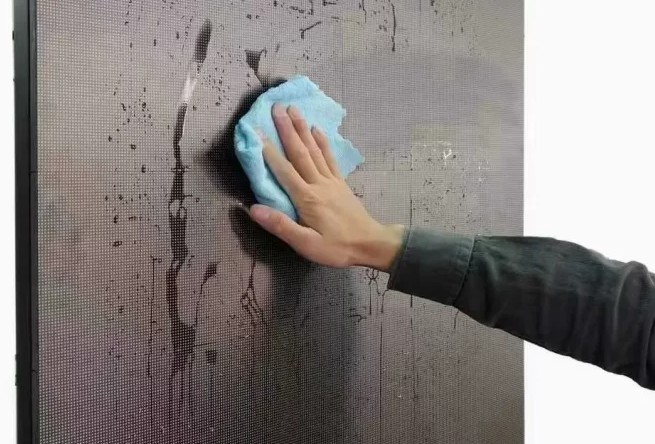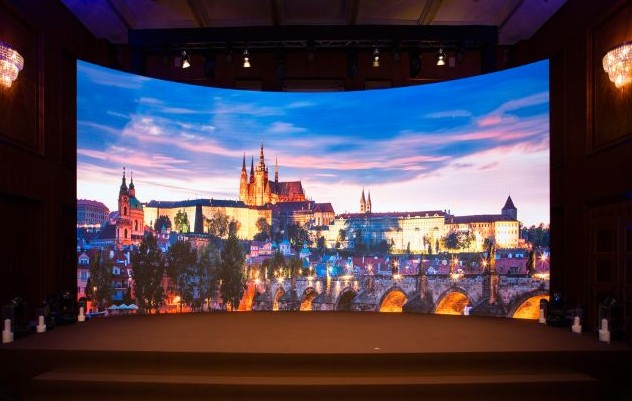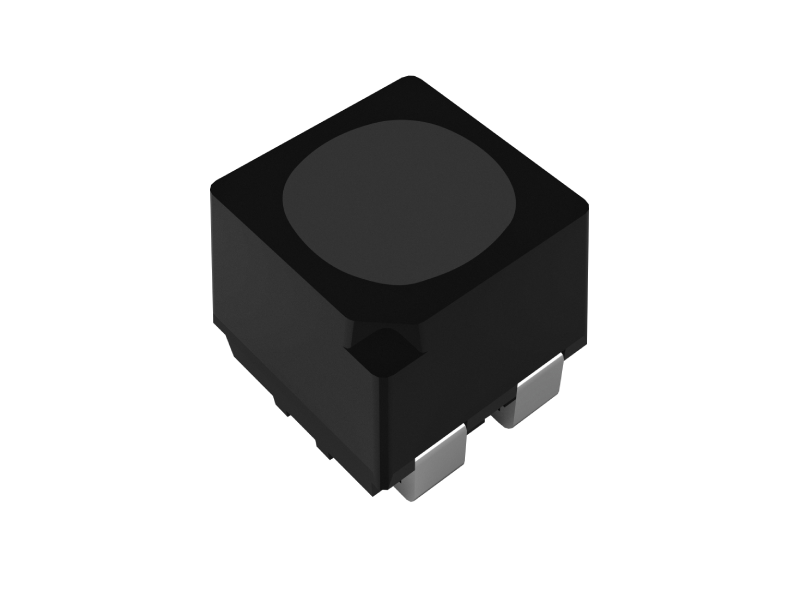Over time, LED displays accumulate dust, dirt, and other contaminants on their surface. If not cleaned regularly, these impurities can reduce brightness, distort color output, and even cause short circuits, ultimately compromising performance and lifespan. Therefore, understanding the structure of LED displays and applying proper cleaning techniques is essential to keeping the screen in optimal condition.

An LED display consists of multiple key components:
The LED module is the core part responsible for image rendering, while protective covers (especially for outdoor displays) help shield LEDs from dust, moisture, and UV exposure. Understanding these elements is crucial when selecting tools and techniques to avoid damaging internal components during cleaning.

Cleaning an LED screen involves several key steps:
Always switch off the display and unplug both power and signal cables before cleaning. Even if the screen appears off, residual electricity may remain in the circuitry. Cleaning while powered on poses serious risks, including electric shock and hardware damage.
Use a soft brush or low-suction vacuum cleaner to gently remove dust from the screen surface, ventilation grilles, and edges. Avoid hard brushing, and never use tools that generate static electricity. Place the screen in a well-lit, ventilated area to inspect surface contamination clearly.
Use a professional LED display cleaning agent, typically made of deionized water, non-ionic surfactants, and anti-static additives. This type of solution dissolves dirt without leaving mineral residue or causing corrosion. Avoid tap water, alcohol, ammonia, acetone, or other corrosive chemicals.
Before full application, test the cleaning solution on a small, inconspicuous area to ensure compatibility.
Spray the solution onto a lint-free microfiber cloth, not directly onto the screen. Gently wipe the display in one direction using a slightly damp cloth — avoid dripping. For edges and small gaps, use cotton swabs or soft brushes with minimal moisture. Apply light pressure to avoid dislodging LED beads.
After wet cleaning, use a dry microfiber cloth to remove remaining moisture. Optionally, a handheld vacuum or cold-air blower can help remove droplets from hard-to-reach areas. Allow the screen to air dry completely before reconnecting and powering on.
These are exposed to dust, rain, bird droppings, and pollution. As such, they require more frequent and thorough cleaning. Avoid spraying water directly; instead, use specialized tools with soft brushes and cleaning fluid, especially for stubborn stains.
Always ensure sealant strips remain intact during cleaning. For high-rise installations, cleaning should be done by trained personnel using secure lifting equipment or rope access systems.
Indoor displays accumulate less dust. Cleaning typically involves gentle wiping with microfiber cloths. For fine-pitch LED screens (e.g., P1.5, P2), avoid strong wiping pressure. Use air blowers or soft brushes to clean between pixels.
Rental screens are frequently assembled and disassembled for events, making them prone to dust and scratches. After each use, it is recommended to disassemble and clean both the module surface and internal connections. Use lightweight tools and anti-static materials during cleaning and handling.

Kinglight – professional supplier of LEDs
Cleaning intervals depend on the display’s environment:
Indoor displays: Clean every 1–2 months; spot clean when needed.
Outdoor displays: Clean every 1–3 months. In dusty or coastal environments, monthly or even bi-weekly cleaning is advisable.
Rental screens: Clean before and after each deployment.
In addition to surface cleaning, schedule periodic inspections of internal components:
Check for loose wiring, aged sealants, and ventilation obstructions.
Perform a comprehensive technical inspection every 6–12 months to prolong lifespan.
For large-scale or high-altitude LED screens (e.g., on rooftops, stadiums), it is highly recommended to hire professional cleaning services. These teams are equipped with:
When hiring, ensure the service provider has proper insurance, certifications, and prior experience with LED displays. Choose providers that use anti-static, screen-safe cleaning agents and follow strict safety protocols.
By following the correct cleaning procedures and adjusting your approach based on display type and location, you can significantly improve the longevity and performance of your LED screens.